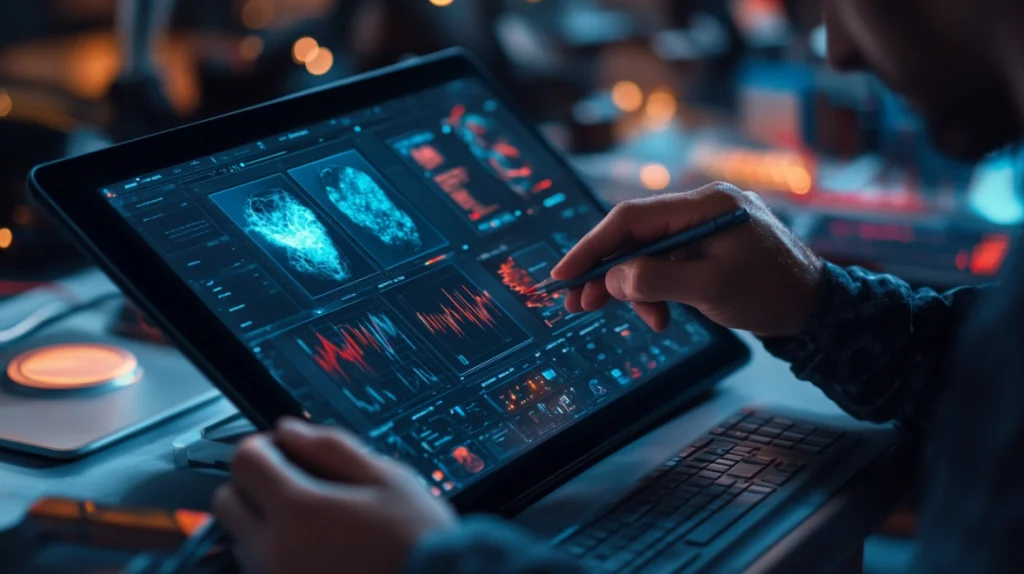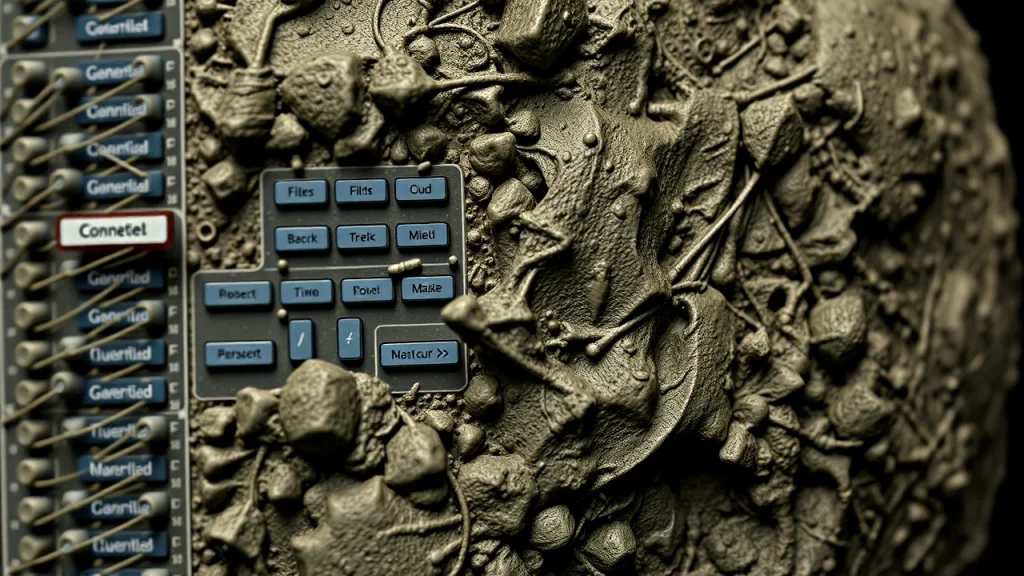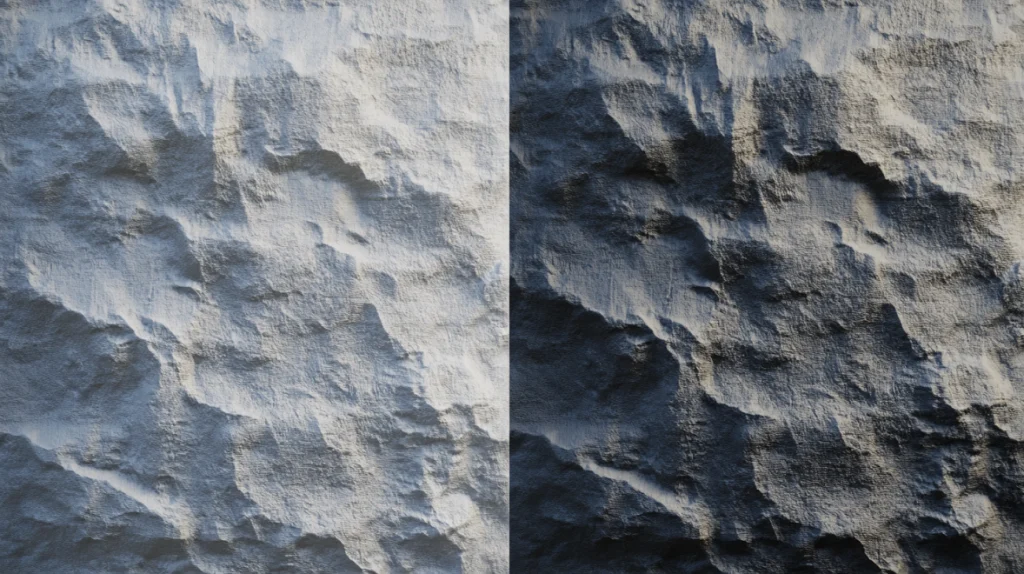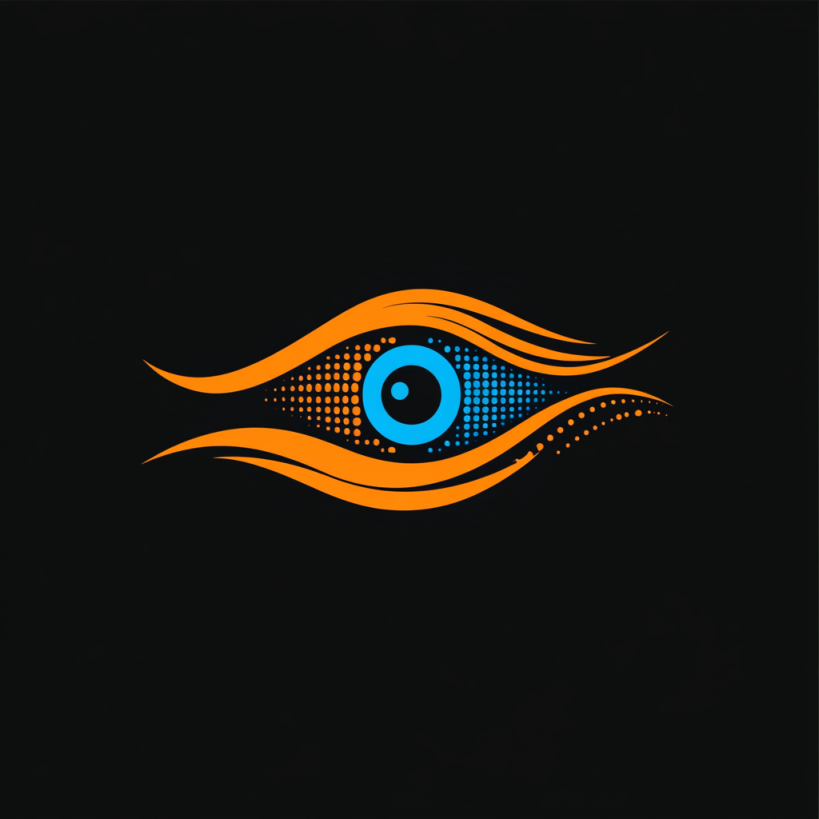Substance 3D Designer
Professional Tool for Creating Custom Materials and Textures

Substance 3D Designer
Substance 3D Designer is a program for creating materials and textures for 3D. Perfect for professionals in 3D design.
What is Substance 3D Designer? The Ultimate Material Creation Tool
Let’s talk about something that’s been a game-changer for me—Substance 3D Designer. When I first opened it, I thought, “This looks like a science lab for textures!” There were nodes, graphs, and connections everywhere—it felt like trying to solve a puzzle. But once I started experimenting, it all clicked. 3D Designer isn’t just software; it’s like having a chemistry set for your 3D projects.
I remember one time I was working on a sci-fi game environment. The materials looked flat and generic, and I thought, “This won’t cut it.” But then I used Substance 3D Designer’s procedural texturing tools to create custom metal panels with scratches, dirt, and subtle wear-and-tear. It was like turning a dull gray wall into a futuristic spaceship corridor. That’s the magic of 3D Designer—it lets you create textures that tell a story.
Oh, and here’s a funny story—I accidentally deleted an entire node graph once because I didn’t save my work. Lesson learned: always save early and often!

Top Features of Substance 3D Designer for Material Creation
Alright, let’s dive into what makes Substance 3D Designer so special. Here’s the deal:
Node-Based Workflow for Flexible Material Design
One of my favorite things about 3D Designer is its node-based workflow. You can connect nodes to create complex textures without writing a single line of code. I once worked on a project where I needed to create a weathered wooden floor. Using nodes for noise, gradients, and blending, I built a texture that looked like it had been walked on for decades. It’s like being an architect, but instead of building houses, you’re constructing materials.Though, I’ll admit, I got lost in the node graph a few times. It’s like untangling headphones—you think you’ve fixed it, but there’s always another knot!
Procedural Texturing for Endless Creativity
Procedural texturing is where Substance 3D Designer truly shines. You can create materials that adapt to any resolution or scale without losing quality. I once made a rock texture that could be zoomed in endlessly without pixelation—it was like magic. These tools give you the freedom to experiment and push the limits of realism.I also tried creating a lava texture with glowing cracks. Let’s just say, it felt like I was summoning molten fire from my screen!
Real-Time Preview for Instant Feedback on Your Work
One of the coolest features of Substance 3D Designer is the real-time preview. You can see exactly how your material looks as you tweak the nodes. I once adjusted the roughness of a metallic surface and watched it transform from shiny chrome to matte steel right before my eyes. It’s like having a mirror for your creativity.Just don’t get too carried away—sometimes, less is more!
Seamless Integration with 3D Modeling and Game Engines
If you’re already using other 3D tools like Blender, Unity, or Unreal Engine, Substance 3D Designer integrates seamlessly with them. Need to export textures for a game engine? It’s as easy as clicking a button. It’s like having a team of tools working together effortlessly.Well, most of the time. Occasionally, file formats can cause issues, but hey, nothing’s perfect.
How Substance 3D Designer is Used Across Different Fields
Substance 3D Designer is incredibly versatile. Here are some common ways people use it:
- Game Development: Creating Unique Materials for Environments
Game developers love Substance 3D Designer for its ability to create custom materials for environments, characters, and props. I once worked on a fantasy game where we needed to texture a dragon’s scales. Using Substance, I added details like cracks, scratches, and subtle iridescence—it looked so realistic that players couldn’t believe it wasn’t hand-painted. It’s like turning imagination into reality.Though, I’ll admit, I spent way too much time tweaking the reflections on the dragon’s wings. Perfectionism kicks in sometimes! - Film and Animation: Designing Realistic Props and Sets
Filmmakers and animators use 3D Designer to create photorealistic props and sets. I worked on a short animated film once where we needed to texture a vintage car. Using Substance, I added rust, scratches, and even subtle dust effects—it looked so real that the audience couldn’t tell it was CGI. It’s like painting with light and shadow.I also tried creating a moss-covered stone wall for a fantasy scene. Let’s just say, it felt like I was building the set myself! - Architectural Visualization: Building Photorealistic Materials
Whether you’re designing interiors, exteriors, or landscapes, 3D Designer helps you visualize projects with stunning realism. I once created textures for a virtual apartment, and the client loved how detailed the marble countertops and wooden floors looked. It’s like turning blueprints into a tangible space.
To better understand Substance 3D Designer’s strengths, here’s a comparison table:
| Feature | Substance 3D Designer | Quixel Mixer | Blender |
|---|---|---|---|
| Node-based workflow | Yes | No | Limited |
| Procedural texturing | Advanced | Basic | Advanced |
| Real-time preview | Yes | No | Yes |
| Price | Subscription-based | Free | Free |
System Requirements for Installing Substance 3D Designer on Your Computer
Before you start using Substance 3D Designer, make sure your system meets these requirements:
- Operating System: Windows 10 (64-bit) or macOS 10.15 (or later).
- Processor: Intel or AMD with 64-bit support.
- RAM: At least 16 GB (32 GB recommended for heavy projects).
- Graphics Card: NVIDIA or AMD with at least 4 GB VRAM.
It’s like setting up your workspace before diving into a project—you need the right tools to get the job done. Sounds simple, but trust me, I’ve forgotten to check compatibility before, and it’s a headache you don’t need.
Beginner’s Guide to Mastering Substance 3D Designer for Material Creation
If you’re new to Substance 3D Designer, don’t stress—it’s pretty straightforward. Here are a few tips to help you get started:
- Understanding Node-Based Workflow for Efficient Material Creation
Start by learning how nodes work. They’re the backbone of your material creation process. I once spent hours manually tweaking textures that I later realized could’ve been done with a simple node setup. Lesson learned: always explore the built-in library first. - Using Procedural Texturing to Save Time and Resources
Spend some time experimenting with procedural texturing. It generates textures algorithmically, saving you tons of time. I once created a forest floor texture with random leaves and dirt—it looked so natural that I almost forgot it was procedural. It’s like having a shortcut button for your workflow. - Practicing with Simple Projects to Build Confidence
Begin with small projects, like creating a simple material like wood or metal. Once you’re comfortable, move on to more complex tasks like creating realistic skin textures or environment assets.

Why Choose Adobe Fresco Over Alternatives?
Sure, there are alternatives like Procreate and Krita, but Fresco offers a unique combination of features that’s hard to beat. Here’s why:
Cloud Storage for Easy Access
With Adobe’s cloud integration, your projects are always backed up and accessible from any device. It’s like having a virtual assistant that keeps everything organized.
Realistic Brushes That Feel Alive
Fresco’s Live Brushes are unmatched when it comes to mimicking traditional media. Whether you’re working with oil or watercolor, the results are stunningly lifelike.
Seamless Integration with Adobe Creative Cloud
If you’re already using Photoshop or Illustrator, Fresco fits perfectly into your workflow. It’s like having a team of tools that work together effortlessly.

Substance 3D Designer in the Creative Cloud Ecosystem: Seamless Collaboration
Substance 3D Designer works well with other Adobe tools:
- Substance 3D Painter: For applying materials to 3D models.
- Adobe Photoshop: For editing texture maps.
- Unity and Unreal Engine: For game development integration.
Learn more about these tools:
- “Substance 3D Painter “
- “Unity “
Frequently Asked Questions About Substance 3D Designer Answered
Got questions? Here are some answers:
Can I Use Substance 3D Designer for Free? Pricing and Trial Options
No, 3D Designer requires a subscription through Adobe Creative Cloud. However, Adobe offers a free trial for new users.
What Makes Substance 3D Designer Unique Compared to Other Tools?
Designer stands out with its advanced node-based workflow, procedural texturing, and seamless integration with Adobe CC.
Is Substance 3D Designer Suitable for Beginners?
Absolutely! While it has advanced tools, 3D Designer caters to newcomers with user-friendly interfaces and tutorials.
Download Substance 3D Designer today and start your journey: Download Now .

